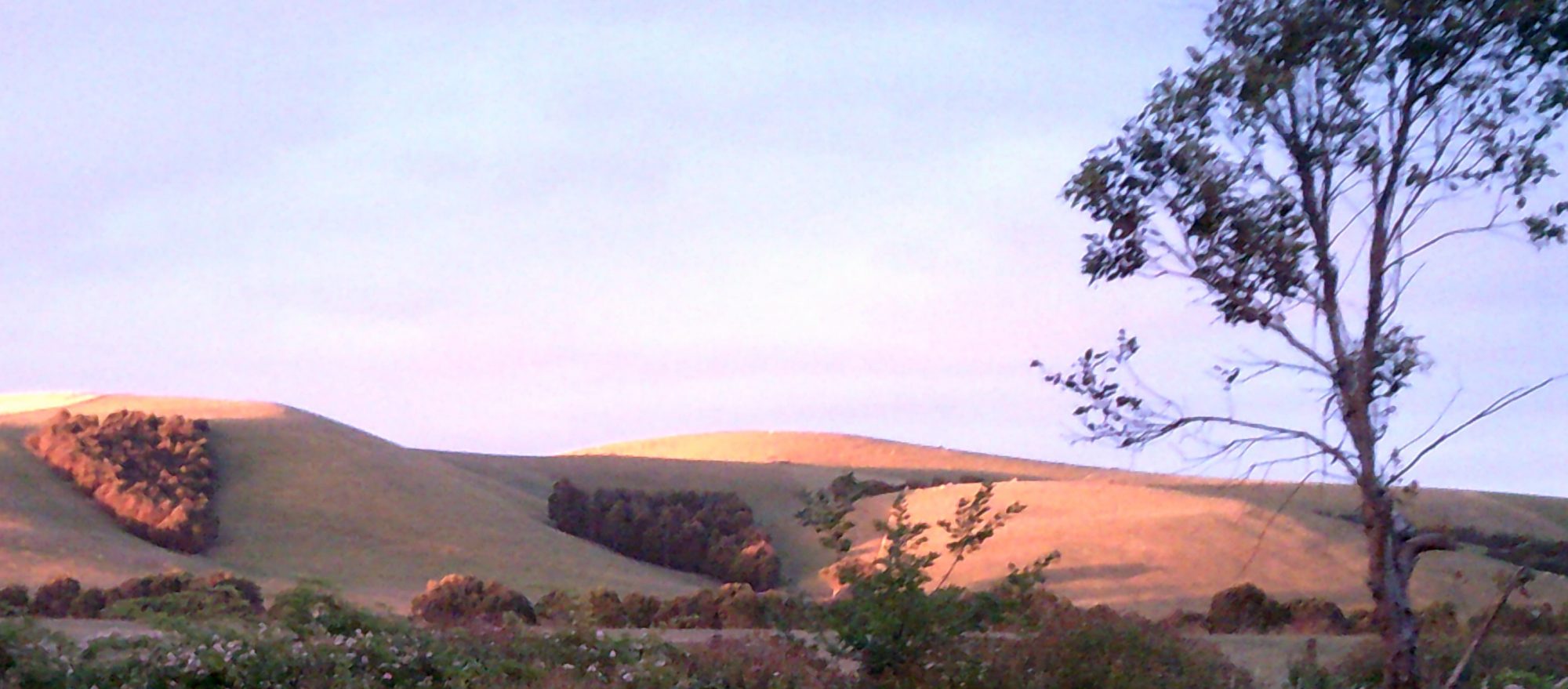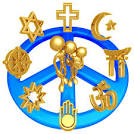Google images.
I have been thinking about writing another book comparing the birth of the universe with the fundamentals of quantum mechanics and the works of some of the earliest mystical scholars.
One of the writers I like in particular is Isaac Luria Ashkenazi 1534– 1572. He is known as the Lion of the Kabbalah. He actually wrote very little, but he had a large following who documented his works.
Luria was renowned as a mystic and poet, but he was really an early scientist with strong empirical methods of question and exploration. Luria was born in Jerusalem and is buried at Safed in Israel. I was hoping to visit his grave this year on my visit to Israel, but the journey has been put aside due to the global pandemic.
Safed is an interesting place, known for its history rooted in the Kabbalah. There are many Kabbalah artists and scholars living there today.
Luria teaches that, at the beginning of everything, the whole of existence was a simple kind of light, which he called the light of Ein-Sof, the word means infinite. Luria believed there was no way of understanding this light, it was not meant to be comprehended.
Light, as we know is usually construed to mean optical electromagnetic radiation, a force made up of protons with wavelengths that make some of them visible to the human eye.
We know that physical particles can be classified according to their nature to segregate (the fermions) or to aggregate (the bosons). They can also be classified according to their function as being either of material substances or the carriers of forces. There are other ways of grouping particles as well, but I will leave that for another time.
What we can see in terms of electromagnetism is very little, most of it is hidden. Nonetheless, the ancient writers and mystics saw something intrinsically relevant about the source of light.
The Hebrew word for light is ohr, each of these letters has a numeric value and a specific mystical meaning. When we add-up all of these elements, what is formed is a story. Indeed, it is the story of Creation, but it is not a straight- forward account.
The story has been widely spread and revealed to an elite number of mystics and hidden from the general population for centuries. Also, while the story is about something simple, light; it is not a simple story. It is a Divine story. It has religious and ritualistic connotations.
We can only speculate on the first source of light, but some theories have been profound and convincing. I believe we are sitting upon the precipice of a major discovery in relation to who we are and where we originate from.
There has never been a more desperate time for a sense of belonging and I feel we have misunderstood the core meaning of what it is to belong.
There is a huge puzzle of fragments to be put together and already a thousand years of literature written by people who have tried to find a deeper meaning to the concept of Divine light.
The term for the creative Divine light is Sefirot, which derives from the Hebrew word enumeration or declare. Together with the twenty-two letters of the Hebrew alphabet and the ten Sefirot, thirty-two paths were created, by which the world was said to be made. (Thirty-two has always been a special number for me and I have never really known why).
The interesting question is this, can it be said that this number is evocative of roughly twenty-nine elementary particles? Keeping in mind, we don’t know all there is to know about particles.
In The Bahir, the sefirot are explicitly referred to as forces. It asks, what is the hidden force? According to the Sefer Yetzirah the sefirot are also the origin of the substance of the cosmos. The sefirot permeate the universe and sustain it. By comparing texts we start to get into the universal symmetry and how it relates to us as humans.
I think there is much to be learned from the symmetry.
Symmetry determines how some particles exhibit their properties of charge and mass. It applies not just to particles, but to forces as well. Symmetry governs the universe and it governs our lives as individuals. We see symmetry at work in our societies as well as in nature. We see symmetry in the workings of our brains and other bodily organs.
Much has been written on this topic, but little has been compared to how we function as a society, or where we might locate consciousness. Jung came close to advocating for a universal consciousness, but he took the mystical path rather than an empirical one. We now have more knowledge to examine and evaluate.
I believe we have reached a point in our societies, and in science, where we need to think about these questions and issues differently. In the sciences (and elsewhere) we have always taken the anthropocentric view. Perhaps we need to reverse our starting point, with God and/or the universe as the initial point of reference. It makes sense, doesn’t it? It makes sense to me.


